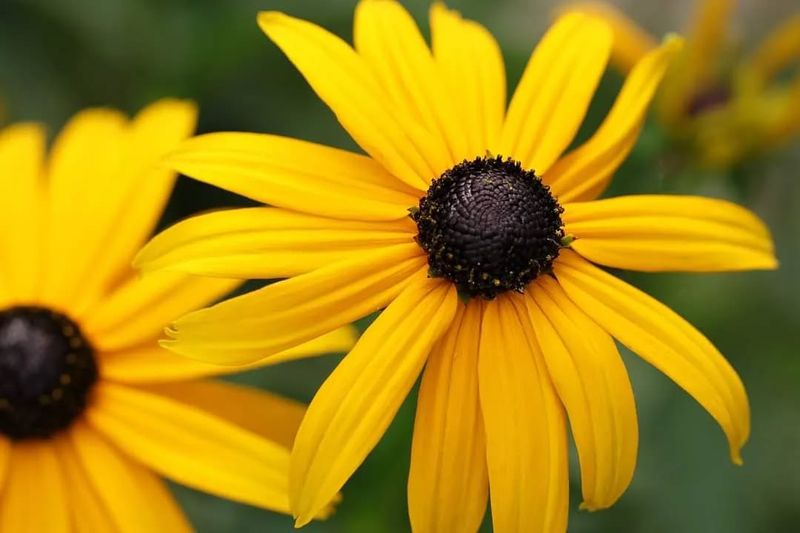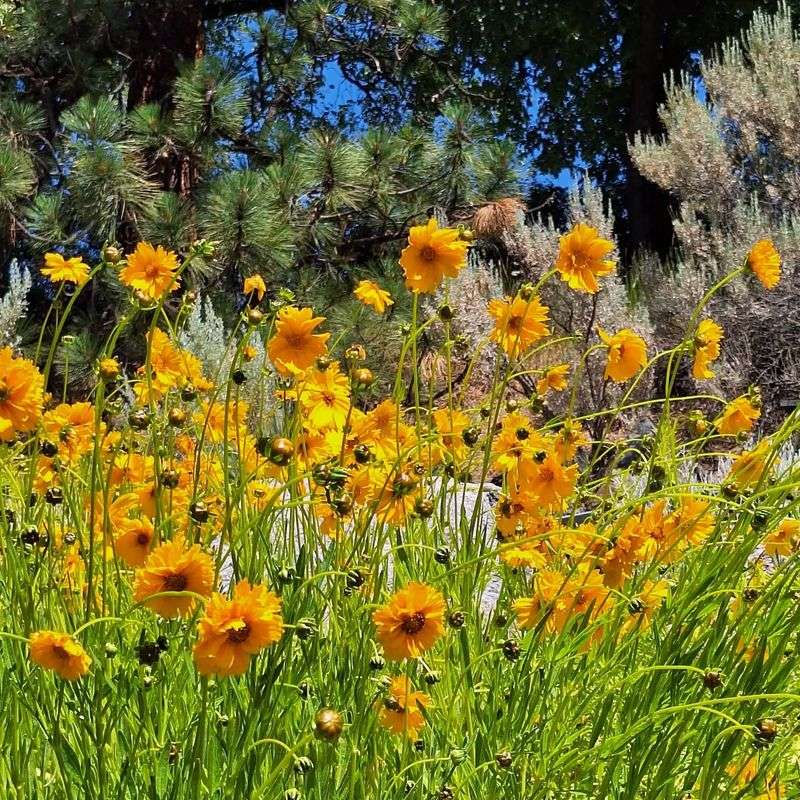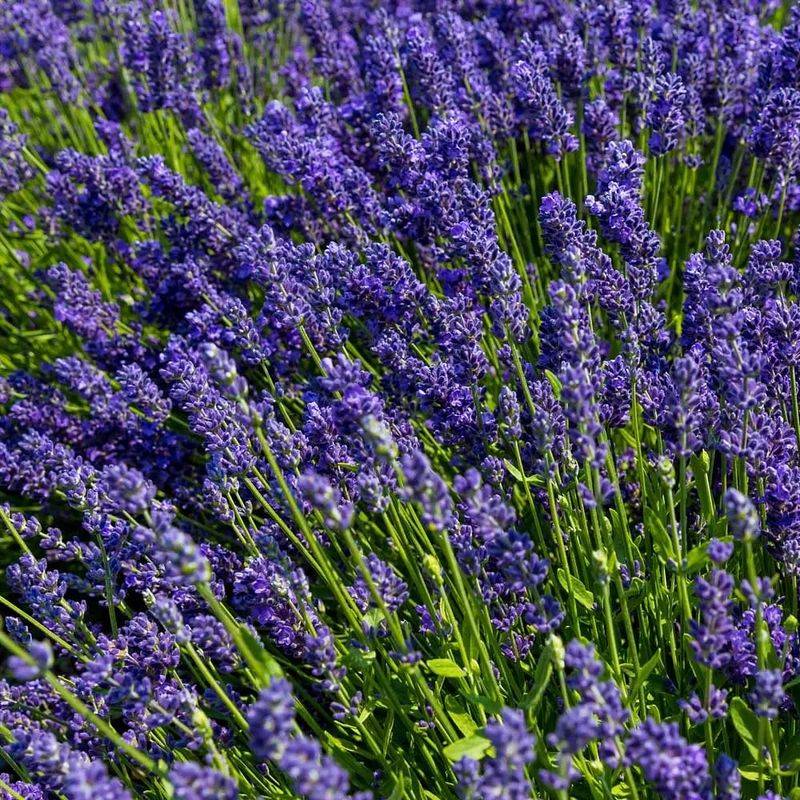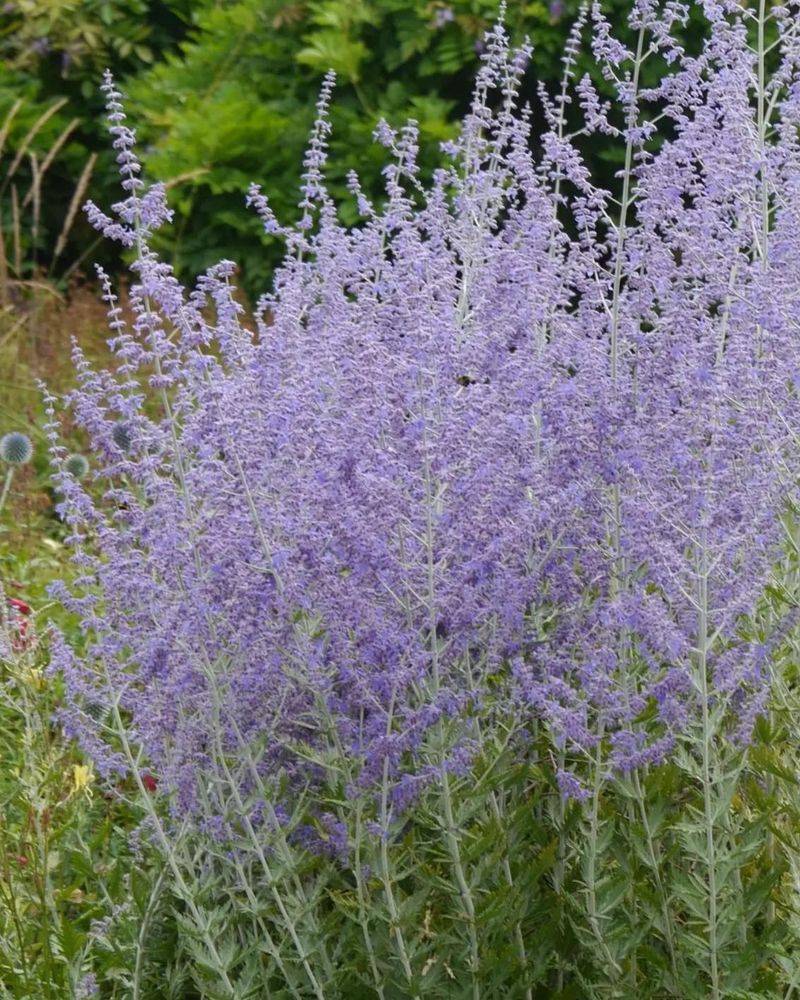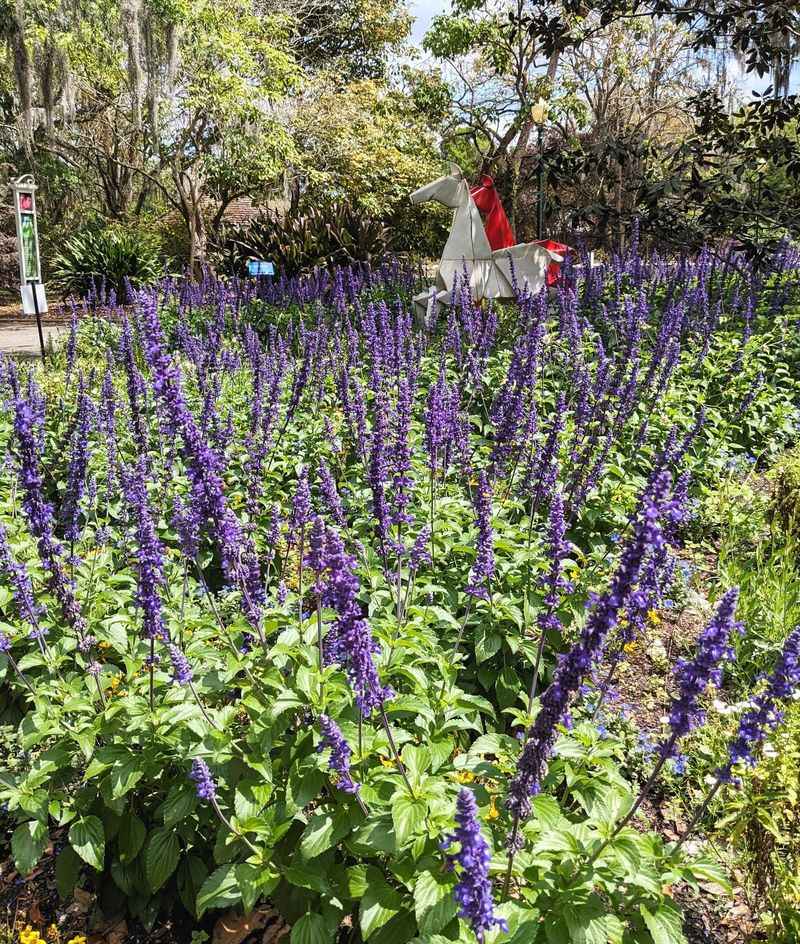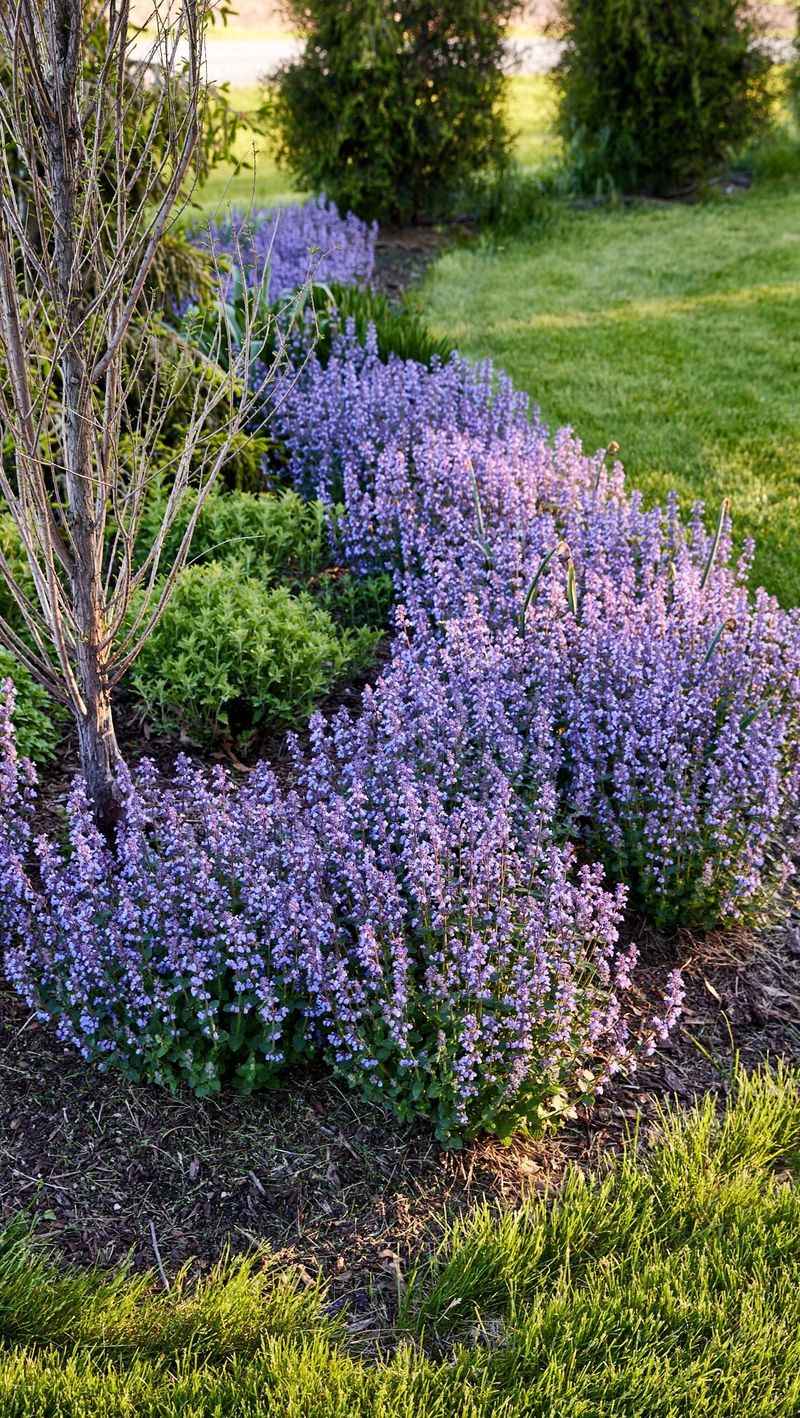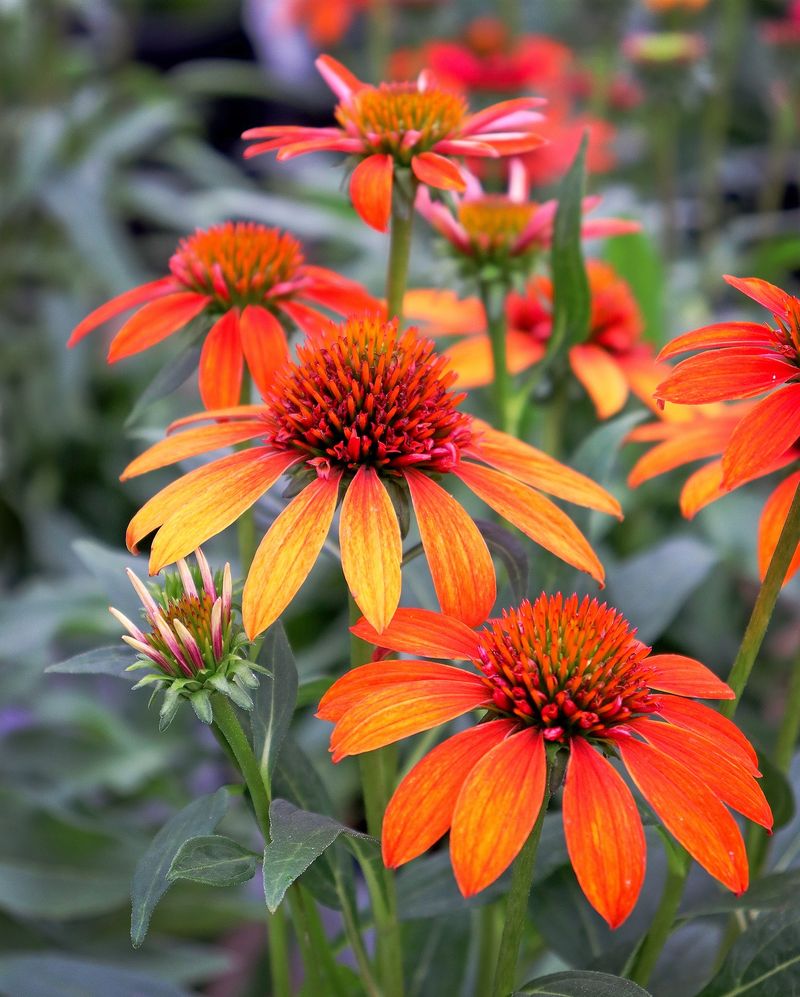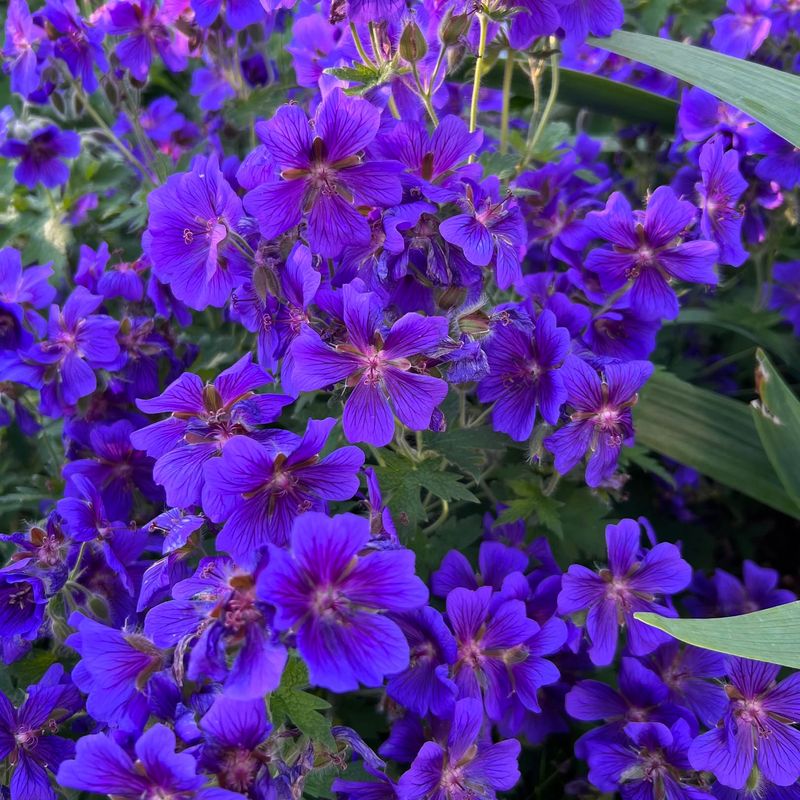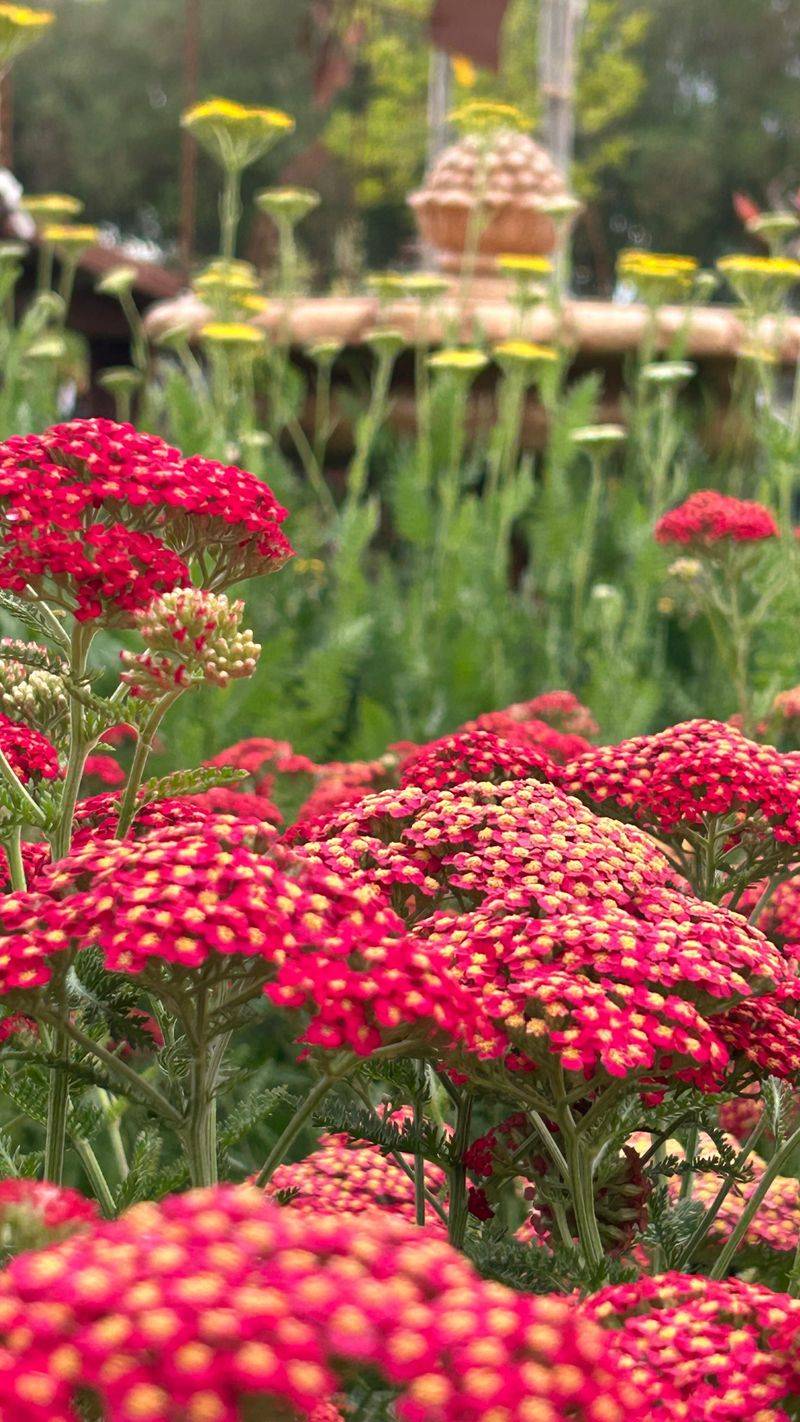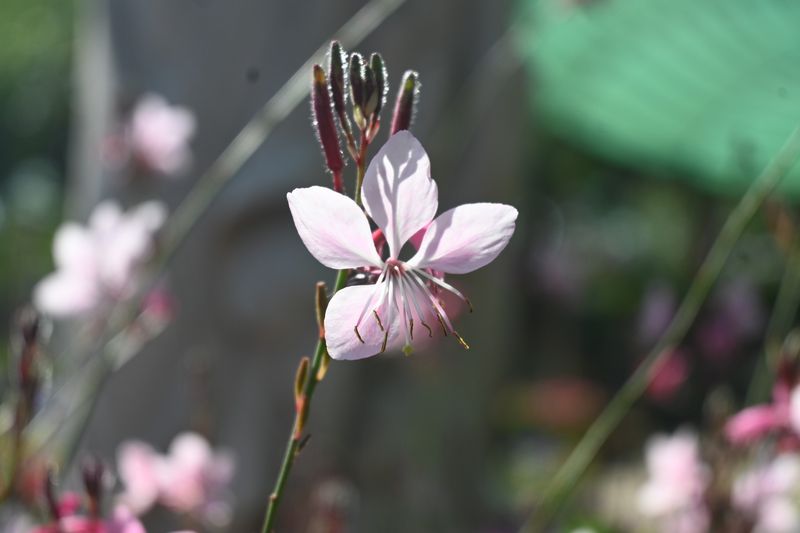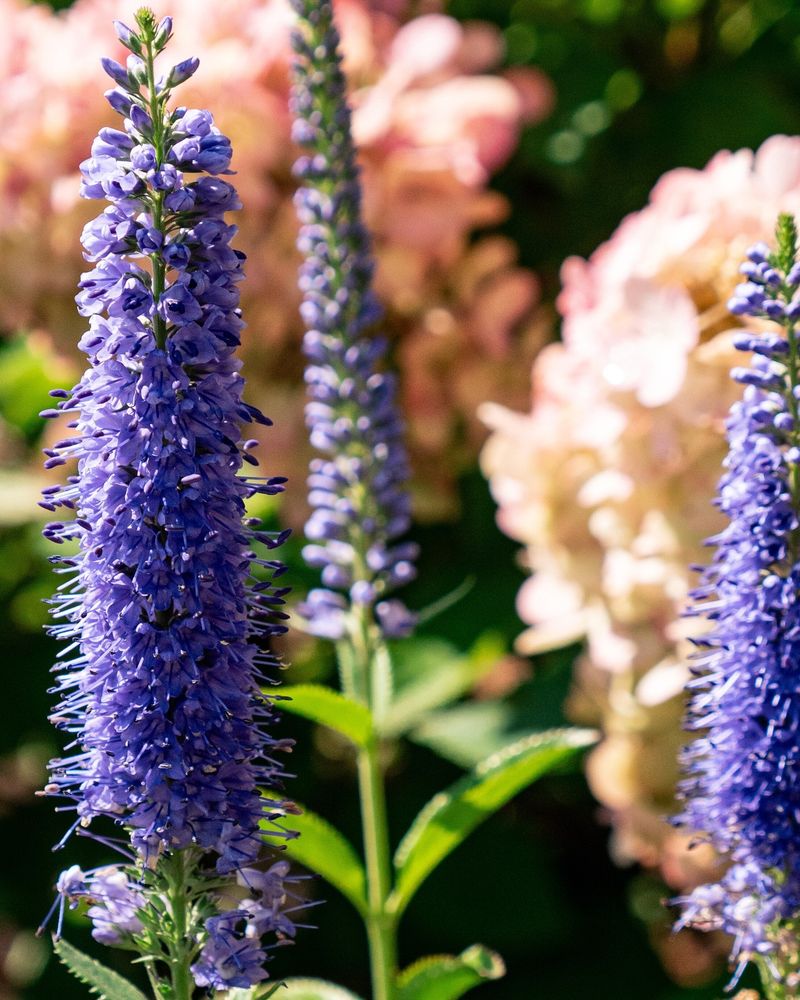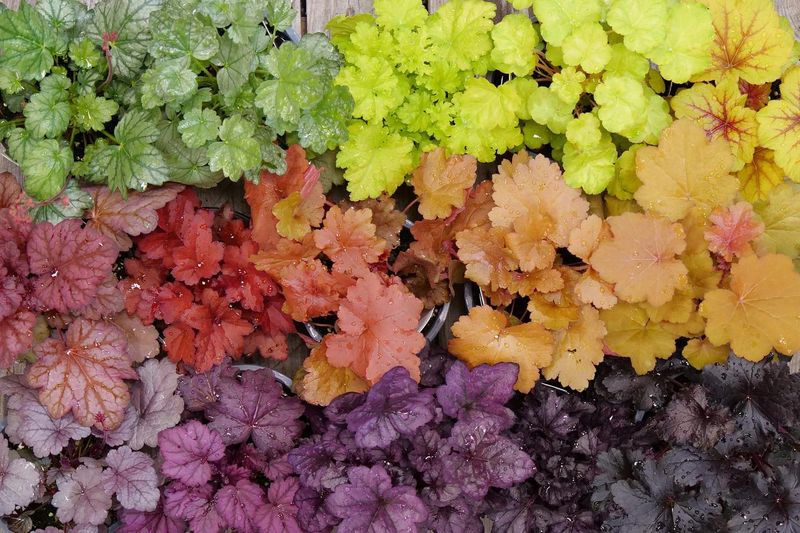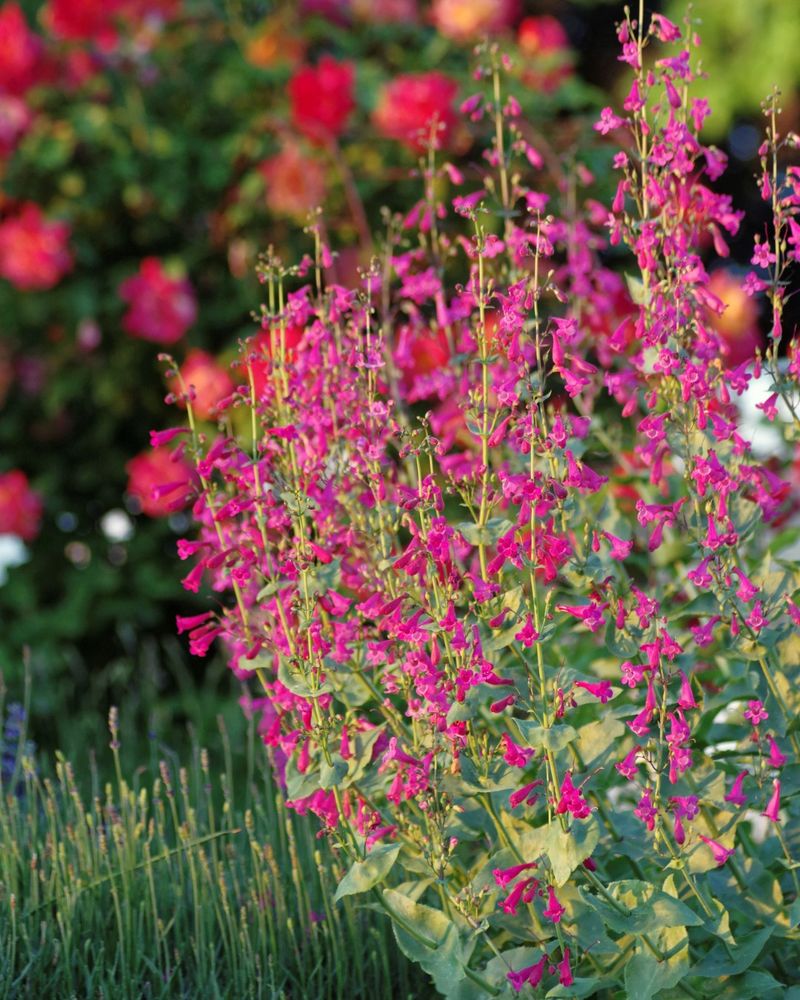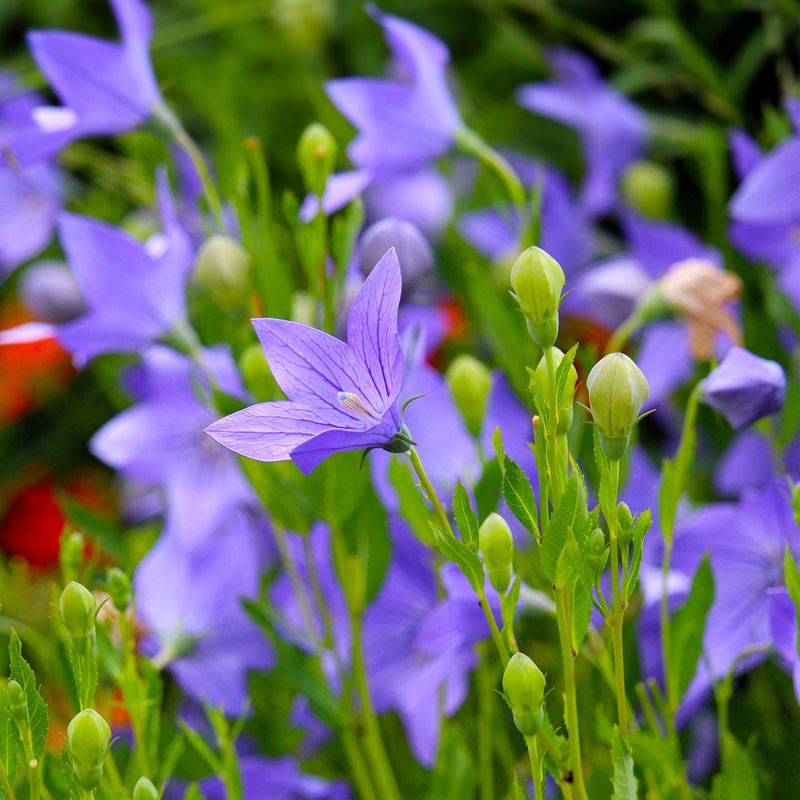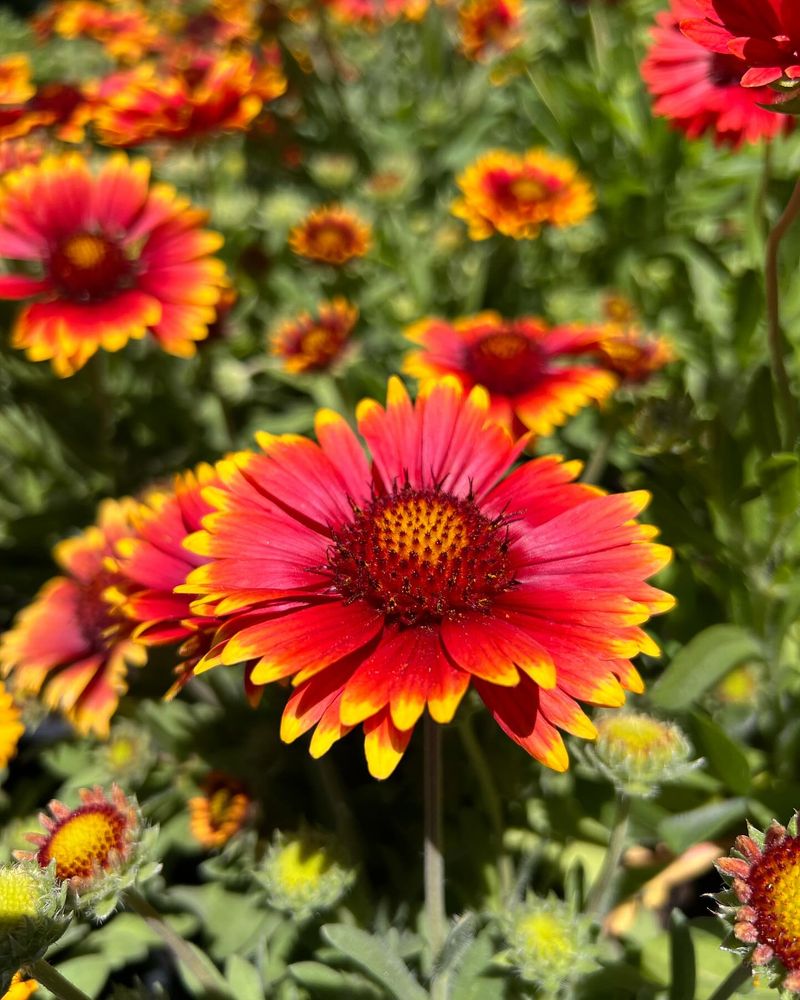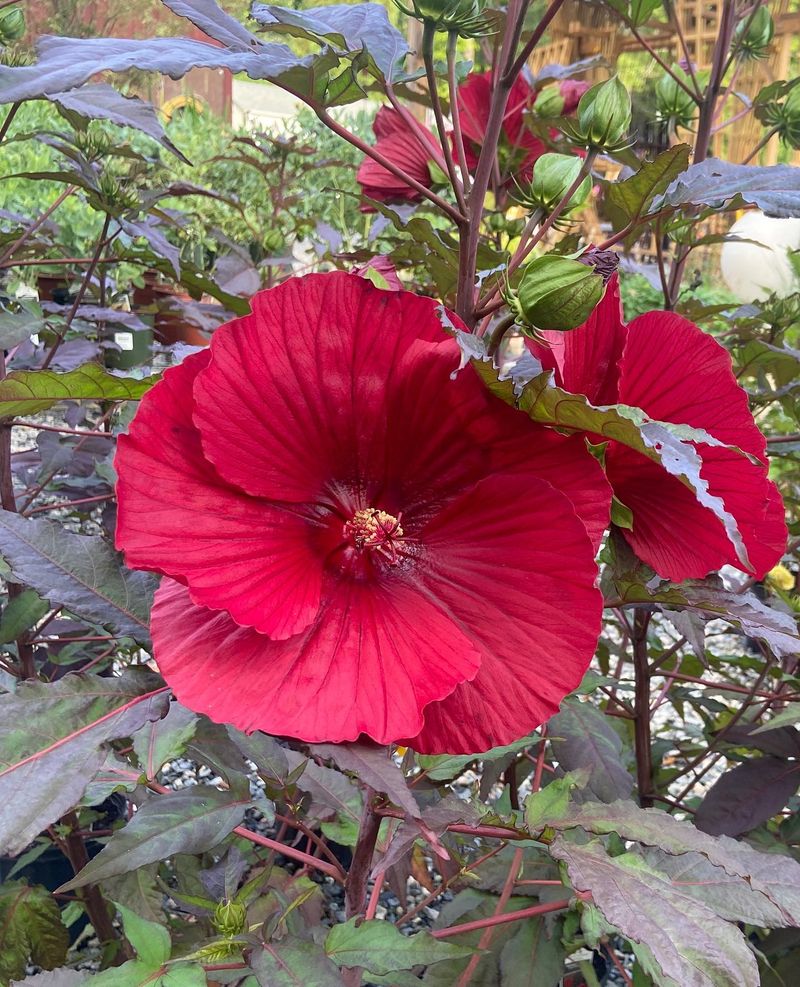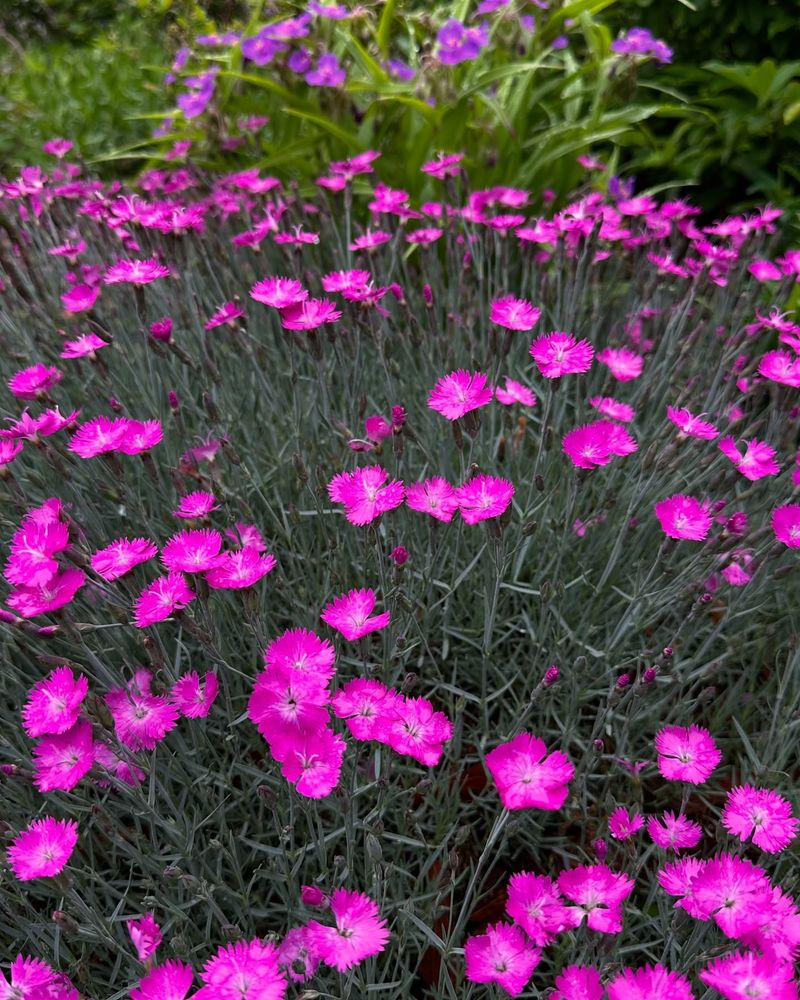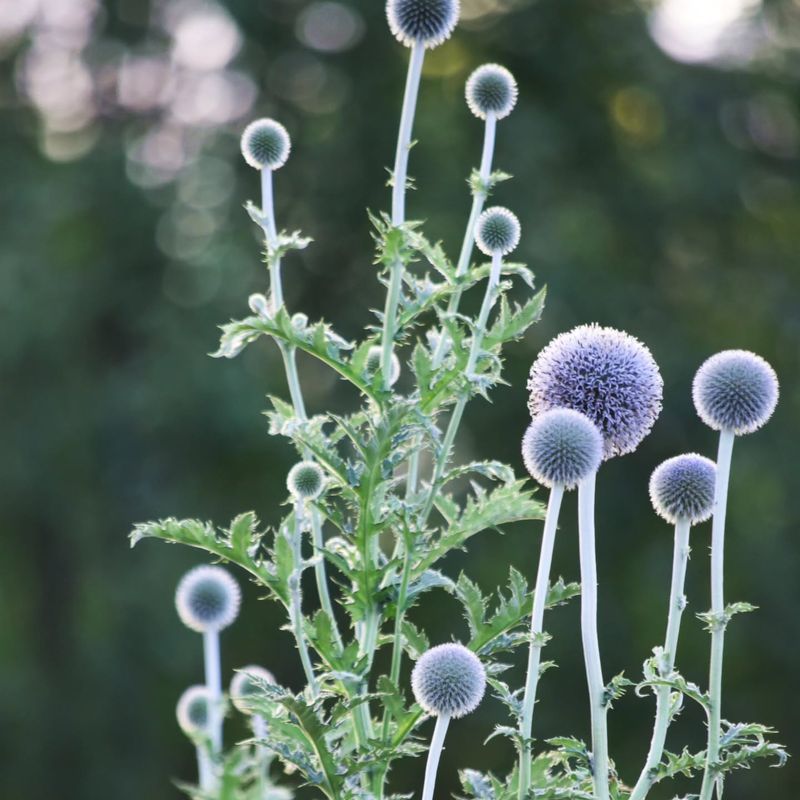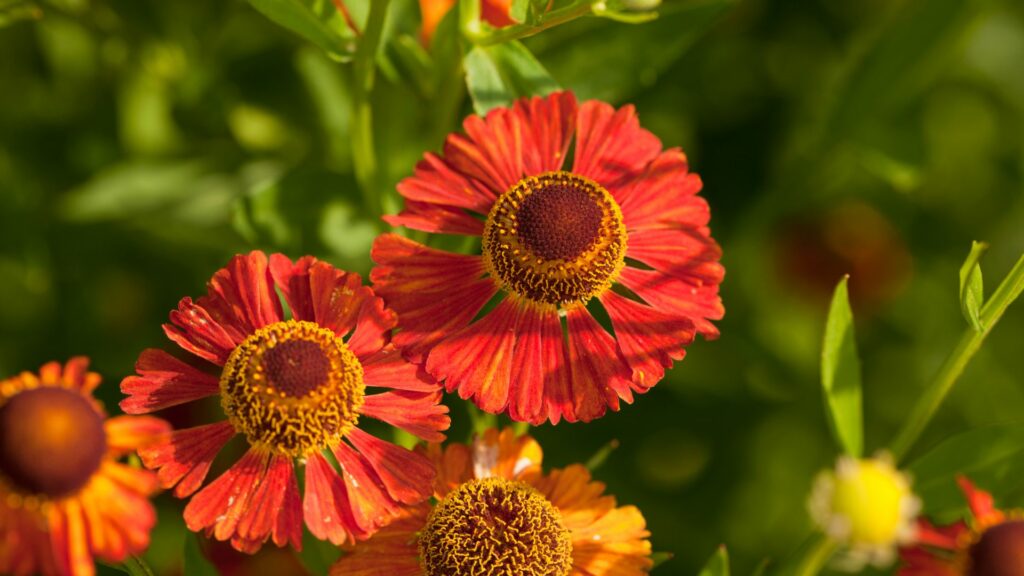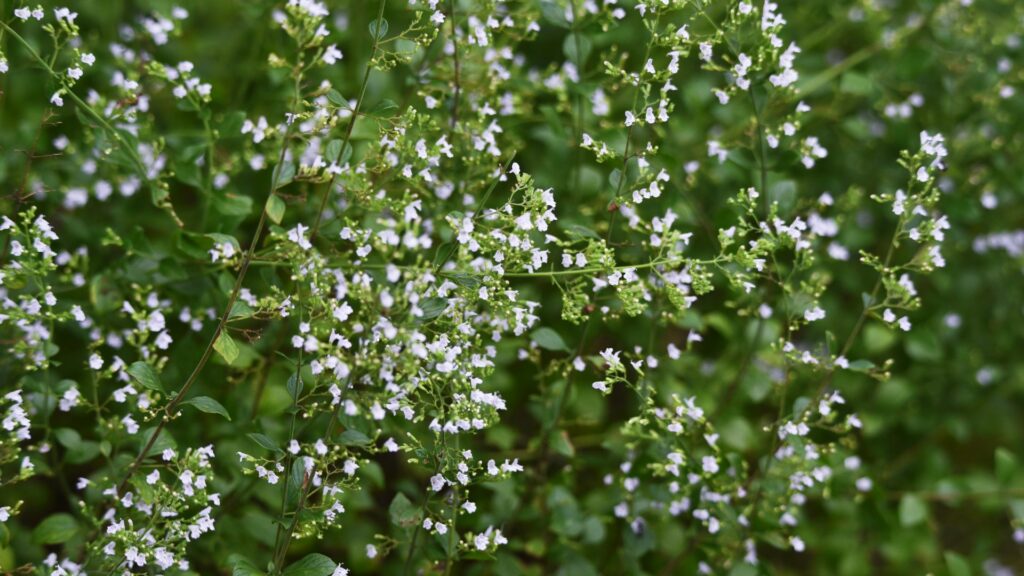Say goodbye to lifeless, patchy garden beds that barely make it through the season. I’ve found that the secret to nonstop color isn’t constant replanting—it’s choosing the right perennials from the start. These beauties come back year after year and bloom for months with barely any fuss.
Whether you’re new to gardening or just tired of high-maintenance flowers, these long-blooming perennials make things so much easier. They don’t ask for much—just a bit of sun and water—and in return, they fill your yard with gorgeous color. No constant deadheading, no stress.
I’ve tried plenty over the years, and the ones on this list have become my go-to choices. They’ve made my garden feel more alive without eating up my weekends. Once you plant them, you’ll wonder why you didn’t do it sooner.
1. Black-Eyed Susan (Rudbeckia)
Golden daisy-like flowers with distinctive dark centers bring sunshine to garden beds from midsummer until frost. Native to North America, these drought-tolerant beauties attract butterflies and beneficial insects to your yard.
Black-Eyed Susans thrive in full sun to partial shade and aren’t picky about soil conditions. Simply deadhead spent blooms to encourage more flowers and prevent excessive self-seeding.
Height ranges from 2-3 feet, making them perfect for middle positions in flower beds or as cheerful additions to meadow gardens.
2. Coreopsis (Tickseed)
Sunny yellow, orange, or bicolor blooms cover these carefree plants from early summer through fall. Butterflies can’t resist their nectar-rich flowers, bringing extra life and movement to garden spaces.
Extremely heat and drought tolerant once established, Coreopsis asks for little beyond occasional deadheading. Most varieties stay compact, reaching just 12-18 inches tall.
Try ‘Moonbeam’ for pale yellow flowers or ‘Zagreb’ for golden blooms that seemingly never quit, even during summer’s hottest days.
3. Lavender (Lavandula)
Fragrant purple spikes rise above silvery-gray foliage, creating a sensory delight from late spring through summer. Beyond beauty, lavender offers calming scents that help reduce stress when you brush against its aromatic leaves.
Plant in well-drained soil with full sun exposure for best performance. English varieties like ‘Hidcote’ and ‘Munstead’ offer exceptional cold hardiness for northern gardens.
Regular pruning after flowering keeps plants compact and promotes repeated blooms throughout the growing season.
4. Russian Sage (Perovskia atriplicifolia)
Misty clouds of lavender-blue flowers hover above silvery stems from midsummer until frost, creating a dreamy backdrop for garden beds. Not actually a sage but related to mint, this tough perennial handles heat, drought, and poor soil with remarkable resilience.
Growing 3-4 feet tall and wide, Russian sage offers architectural interest even when not in bloom. Its aromatic foliage naturally repels deer and rabbits, keeping garden pests at bay.
Pair with yellow or orange flowering plants for striking color combinations that pop against its cool blue tones.
5. Salvia (Sage)
Spikes of purple, blue, pink, or white flowers attract hummingbirds and butterflies from early summer through fall. Perennial salvias combine beauty with practicality – their aromatic leaves deter hungry deer while providing months of color.
‘May Night’ offers deep purple blooms, while ‘Hot Lips’ features striking red and white bicolor flowers. Most varieties reach 18-24 inches tall, fitting perfectly in mid-border positions.
Cut back flower stalks after the first flush of blooms fades to prompt another round of flowering that lasts until frost.
6. Catmint (Nepeta)
Soft lavender-blue flower spikes dance above gray-green foliage from late spring through summer, creating a gentle cloud of color. Despite its name, catmint won’t drive your garden wild with self-seeding like its cousin catnip might.
‘Walker’s Low’ (which ironically grows 30 inches tall) offers remarkable bloom power, while compact ‘Purrsian Blue’ fits smaller spaces perfectly. Both rebloom promptly after shearing.
Drought-tolerant and deer-resistant, catmint thrives in sunny spots with average to poor soil, making it perfect for challenging garden areas.
7. Coneflower (Echinacea)
Bold, daisy-like flowers with raised centers bloom from midsummer through fall, standing tall through heat and drought. Originally purple, breeding breakthroughs have introduced white, yellow, orange, red, and even green-flowered varieties.
Native to American prairies, coneflowers support pollinators while providing winter seeds for birds. Their sturdy stems rarely need staking, even in windy locations.
For maximum blooming, plant in full sun with well-drained soil. Most varieties reach 2-3 feet tall, creating perfect middle-layer height in perennial beds.
8. Geranium (Cranesbill)
Masses of delicate five-petaled flowers in pink, purple, blue, or white create carpets of color from late spring through summer. Unlike annual geraniums (actually pelargoniums), these true perennial geraniums return reliably year after year.
‘Rozanne’ stands out for its exceptional bloom time, producing violet-blue flowers from June until frost. Most varieties form tidy mounds 12-18 inches tall, making them perfect for edging or filling gaps between larger plants.
Adaptable to sun or partial shade, cranesbills perform beautifully in various garden settings.
9. Yarrow (Achillea)
Flat-topped flower clusters in yellow, white, pink, or red stand atop ferny foliage from early summer through fall. Ancient healers prized yarrow for its medicinal properties, while modern gardeners love its drought tolerance and long bloom time.
Butterflies flock to yarrow’s nectar-rich flowers, bringing pollinator activity to your garden. Most varieties reach 2-3 feet tall, with newer compact cultivars available for smaller spaces.
Deadhead regularly to prevent self-seeding and encourage continuous flowering throughout the growing season.
10. Daylily (Hemerocallis)
Trumpet-shaped blooms in nearly every color except true blue open daily throughout summer, with each flower lasting just one day (hence the name). Despite their brief individual lives, plants produce so many buds that the show continues for months.
Reblooming varieties like ‘Stella de Oro’ and ‘Happy Returns’ offer multiple flowering cycles throughout the season. Their strappy foliage remains attractive even when not in bloom.
Virtually indestructible once established, daylilies thrive in full sun to light shade and tolerate almost any soil condition.
11. Gaura (Wandflower)
Delicate white or pink butterfly-like blooms dance on wiry stems from early summer until frost, creating an airy, graceful effect. Native to southern United States, gaura brings movement to garden beds as its flowers sway with the slightest breeze.
Extremely heat and drought tolerant, gaura performs best in well-drained soil and full sun. Most varieties reach 2-3 feet tall with a similar spread.
‘Whirling Butterflies’ features white flowers, while ‘Siskiyou Pink’ offers rosy-pink blooms that complement virtually any color scheme.
12. Veronica (Speedwell)
Slender spikes of tiny blue, purple, pink, or white flowers rise above neat mounds of foliage from early summer through fall. Bees and butterflies constantly visit these nectar-rich blooms, making veronica a pollinator paradise.
‘Sunny Border Blue’ offers intense violet-blue flowers, while ‘First Love’ produces vibrant pink spikes. Most varieties stay compact at 12-24 inches tall.
Regular deadheading encourages additional bloom cycles throughout the growing season. Plant in groups of three or more for best visual impact in perennial borders.
13. Coral Bells (Heuchera)
Colorful foliage in purple, amber, lime green, or silver forms the main attraction, with delicate flower spikes appearing from late spring through summer. Modern varieties offer incredible leaf colors that brighten shady spots where few flowering plants thrive.
‘Caramel’ features warm amber leaves, while ‘Palace Purple’ offers deep burgundy foliage. All varieties form tidy mounds 8-12 inches tall with flower stalks rising to 24 inches.
Plant in morning sun with afternoon shade in hot climates, or full sun in cooler regions for best color development.
14. Penstemon (Beardtongue)
Tubular flowers in red, pink, purple, or white attract hummingbirds from early summer through fall. Native to North America, penstemons combine drought tolerance with long-lasting blooms, making them perfect for water-wise gardens.
‘Husker Red’ features white flowers above burgundy foliage, while ‘Firebird’ produces brilliant red blooms. Most varieties reach 2-3 feet tall with upright growth habits.
Good drainage is essential for winter survival in colder regions. Cutting back flower stalks after the first flush encourages additional blooming cycles.
15. Balloon Flower (Platycodon)
Puffy buds that resemble balloons burst open into star-shaped blue, pink, or white flowers from midsummer through early fall. Children love watching the fascinating transformation from round bud to open bloom.
Compact varieties like ‘Sentimental Blue’ reach just 8 inches tall, while standard forms grow to 24 inches. All perform best in full sun to light shade with well-drained soil.
Unlike many perennials, balloon flowers emerge late in spring, so mark their location to avoid accidental digging. Once established, plants can live for decades with minimal care.
16. Blanket Flower (Gaillardia)
Cheerful daisy-like flowers in fiery red, orange, and yellow combinations bloom from early summer until frost without pause. Native to American prairies, blanket flowers handle heat, drought, and poor soil with remarkable resilience.
‘Arizona Sun’ offers compact growth with red and yellow bicolor blooms, while ‘Fanfare’ features tubular petals for unusual texture. Most varieties form mounds 12-18 inches tall.
Deadheading isn’t necessary but will improve appearance and may increase flower production in these already prolific bloomers.
17. Perennial Hibiscus (Hardy Hibiscus)
Dinner-plate-sized blooms in white, pink, or red create tropical drama from midsummer through fall, despite being completely winter hardy to zone 4. Unlike their tropical cousins, these native hibiscus die back to the ground each winter before emerging in late spring.
‘Luna Red’ offers crimson flowers on compact 2-3 foot plants, while ‘Kopper King’ combines copper foliage with massive pink blooms. All varieties attract butterflies and hummingbirds.
Provide consistent moisture and full sun for best flowering performance.
18. Sedum (Stonecrop)
Succulent foliage in blue-green, purple, or variegated forms looks attractive all season, with flower clusters appearing from late summer through fall. Upright varieties like ‘Autumn Joy’ reach 18-24 inches tall, while low-growing types form ground-hugging mats.
Extremely drought tolerant once established, sedums thrive in poor soil where many plants struggle. Their late-season blooms provide essential nectar for butterflies preparing for migration.
Leave flower heads intact through winter for architectural interest and food for birds.
19. Dianthus (Pinks)
Spicy-scented flowers in pink, red, white, or bicolors appear from late spring through summer above blue-green foliage. Many varieties feature intricately patterned petals with fringed or picotee edges that add delicate texture to garden beds.
‘Firewitch’ offers vivid magenta blooms with exceptional cold hardiness, while ‘Itsaul White’ produces pure white flowers with clove-like fragrance. Most form compact mounds 6-12 inches tall.
Shearing plants back after the first flush of blooms typically triggers another round of flowering.
20. Globe Thistle (Echinops)
Perfectly round, steel-blue flower heads stand atop silvery foliage from midsummer through fall, creating striking architectural interest. Despite the name, these well-behaved perennials aren’t invasive like common thistles.
Growing 3-4 feet tall, globe thistles make excellent back-of-border plants or cutting flowers that dry beautifully for arrangements. Bees absolutely adore their unusual blooms.
Full sun and well-drained soil produce the strongest stems and most prolific flowering. Plants rarely need staking, even in windy locations.
21. Helenium (Sneezeweed)
Fiery daisy-like blooms in shades of yellow, orange, and red brighten late summer and fall beds when many perennials start to fade. Despite the name, sneezeweed doesn’t trigger allergies—it earned its title from historical use in snuff-making.
Standing 3-5 feet tall, Helenium adds vertical color and pairs beautifully with ornamental grasses. Cultivars like ‘Mardi Gras’ and ‘Moerheim Beauty’ offer weeks of vibrant blooms that attract bees and butterflies in droves.
Plant in full sun and consistently moist soil for best results. Deadheading encourages additional blooms and keeps plants tidy.
22. Calamintha Nepeta (Lesser Calamint)
A soft haze of tiny white or pale lavender flowers floats above bushy mounds of minty-scented foliage from early summer through frost. Lesser calamint might look delicate, but it’s one of the toughest, longest-blooming perennials around.
Reaching about 12-18 inches tall and wide, it fits perfectly at the front of borders or along pathways. Pollinators can’t resist its nectar-rich flowers, and deer tend to leave it alone.
It thrives in full sun and well-drained soil, shrugging off heat, drought, and neglect—ideal for low-maintenance garden designs.


